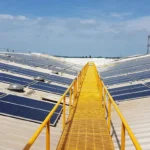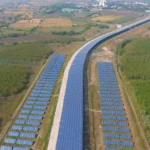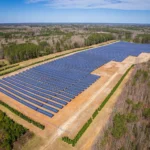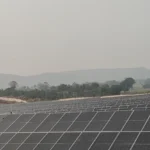Kerala has approved new guidelines to harness its extensive water bodies for floating solar power generation, aiming to meet the state’s increasing electricity demand sustainably.
Strategic Shift Towards Floating Solar Energy
Traditionally dependent on hydropower, Kerala faces challenges due to its reliance on seasonal rainfall. To diversify its renewable energy portfolio, the state is turning to floating solar power, utilizing reservoirs, lakes, and backwaters to generate clean energy without occupying additional land.
Key Highlights of the Approved Guidelines
-
Ambitious Capacity Target: The state aims to develop 3 GW of floating solar capacity by utilizing reservoirs, abandoned mining pits, and other suitable water bodies.
-
Implementation Oversight: The Agency for New and Renewable Energy Research and Technology (ANERT) will serve as the nodal agency, ensuring streamlined site selection, project approvals, and implementation.
-
Site Identification and Approval: Districts will maintain a repository of potential sites, including government and private water bodies. Projects will be implemented through tenders or expressions of interest, with private developers allowed to propose projects on private water bodies.
-
Regulatory Oversight: A state-level committee, chaired by the Chief Secretary, will oversee policy decisions, while district-level committees, led by District Collectors, will handle site identification and project approvals.
Potential and Benefits
The state has identified two categories of potential sites:
-
Large Reservoirs: Managed by the Kerala State Electricity Board (KSEB) and the Water Resources Department, these could generate up to 5,000 MW.
-
Backwaters and Non-Agricultural Land: Including mining pits, these areas have an estimated capacity of around 1,500 MW.
KSEB will have the first right to procure power from these projects, ensuring a stable energy supply for the state












